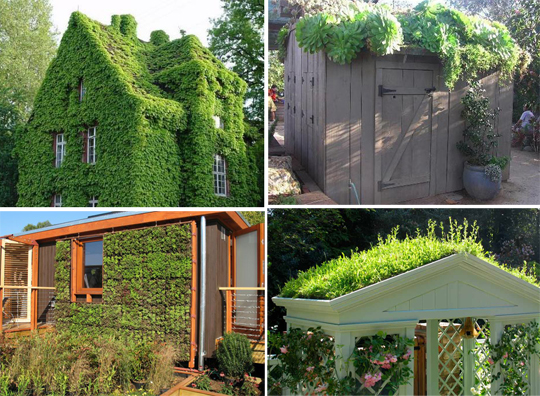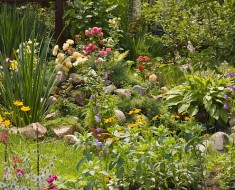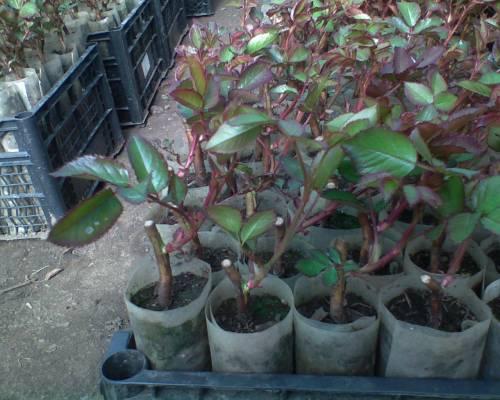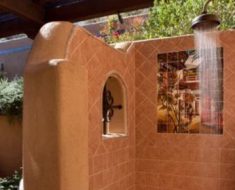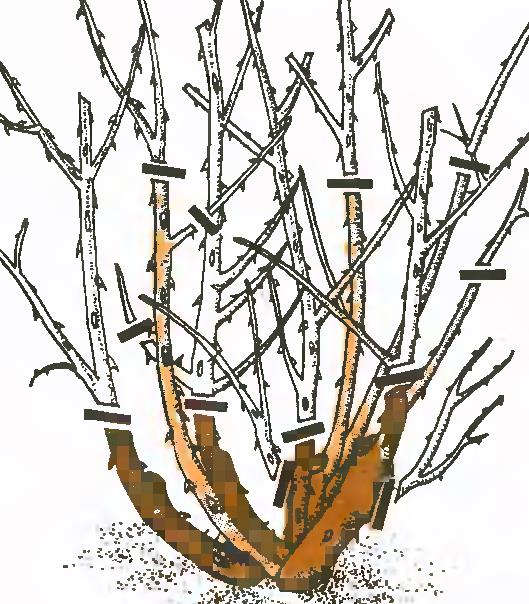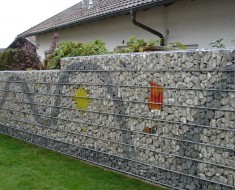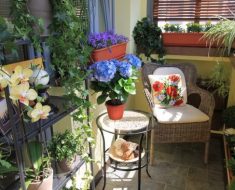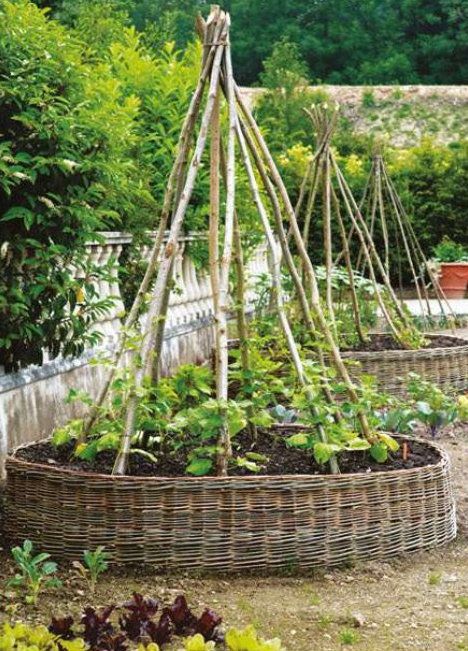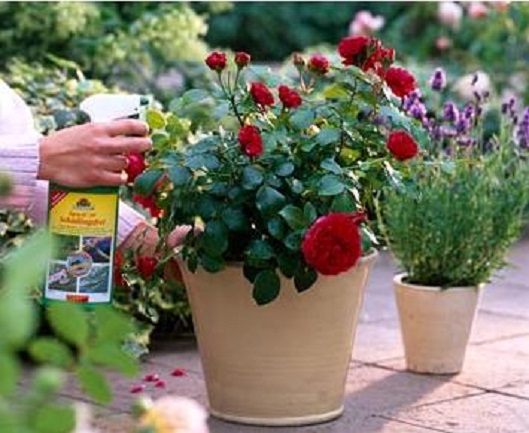You already know that no style in the landscape design of gardens can not do without vertical compositions, the main purpose of which is volume. A flat garden is an uninteresting garden. Even a well-plowed field, sowed with wheat, no-and-no, will blossom with red poppies. Nature does not like monotony. So the garden or the park can not exist only by flower beds.
So that’s it. When planned a garden, park or garden, there is always such a phenomenon as weaving-climbing plants. Any composition is either symmetrical or asymmetric and this law also refers to vertical gardening. To determine the type helps to assign a vertical composition.
Recall that plants should highlight, emphasize and enhance the architectural solution of structures. For residential buildings, compositions from groups of lianas, green massifs or single climbing plants are suitable. Forming the branches of lianas is possible in a free style, and in the case of group plantings, they are connected with each other by horizontal sleeves in various combinations. This method is suitable for houses with a uniform arrangement of window openings and piers on the facade, and there are no balconies and loggias. For the decoration of the entrances, vines with beautiful leaves and flowers will do. To decorate balconies and loggias, it is better to use groups of 2-4 climbing plants or one vine. For example, to make a standard two-storey building built in the 60s of the 20th century on two entrances with an undetermined color of the facade, it became more romantic, it is enough to plant a five-leaf girlish grapes near the piers together with a bobbin rose BobbieJames or Flammentantz. Girlish grapes can be replaced with varietal wine grapes. Such a composite solution is suitable for buildings with a symmetrical arrangement of window and door openings. If there are balconies or loggias on the house, plants should be planted from them. For buildings with an unequal architectural arrangement of structural elements, the same plan for arranging plants is better.
When choosing lianas for vertical gardening of landscape architecture, one should also take into account the decorativeness, dimensions and material from which they are made. A beautiful gazebo of forged items should only be decorated with stump plants, and not hide behind them the handmade beauty of forging. Choose plants with small foliage, with flowers that are gentle behind the flowers. Pergola in the Chinese style can be landscaped richer: climbing roses, girlish grapes, honeysuckle, ivy and other plants are planted in groups of 2-4 plants. Canopies, pavilions, large pavilions are decorated with group plantings or one. But there is a landscape architecture created for plants. For example, a frame of a gazebo is welded from the fittings and it is scraped with wine grapes. Gradually, the grapes hide a metal frame underneath. By this principle, most metal arches are made, in which roses are grown, honeysuckle, clematis and “useful” vegetables and berries – beans, pumpkins, momordica (Indian cucumber), lagenarii, actinidia … There are other types of landscape architecture: , columns, pavilions, grottoes, wickets, bridges, gates and other various supports for plants with “tentacles”. You can read about them in other articles.
Of this, the most important thing is the purpose, the material and the plants. We will explain with an example. An arch for a rose Flammentantz. The goal is to decorate the entrance to the garden. Material – metal or wood. This sort of climbing roses in mature age weighs a lot, which means that the thickness of the component parts of the arch should be at least 6-8 mm for metal, and for wood – from 5 cm. In addition, the metal arch must be treated against rust, and the wooden arch must be treated against rust, antifouling and antifungal compounds. Such measures protect not only the construction, but also the rose itself.
Advice! When choosing a plant for planting on a site, always consider its biological needs: whether the plant likes the sun, whether it should have a lot of moisture, what enemies it has. This will save you time, money and nerves.
